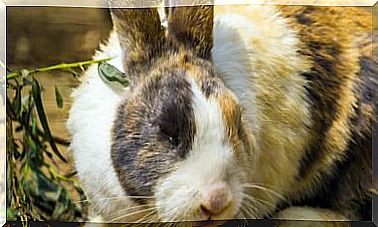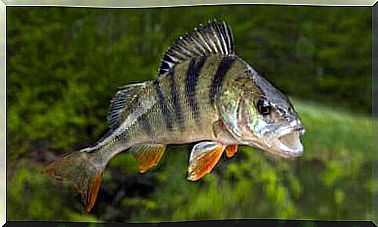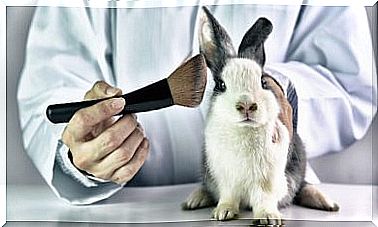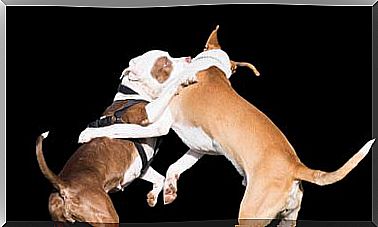10 Curiosities About Animal Sleep
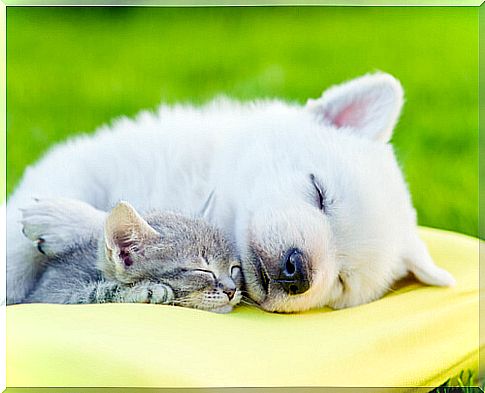
Thanks to technological advances, science has been able to enter the world of animal sleep. Although there is still much to discover and many theories of yesteryear were discarded, a great deal of information on the subject has been revealed.
Fun Facts About Animal Sleep
During sleep, the characteristics of brain activity vary from one species to another. However, eye movements and muscle, heart and respiratory activity are very similar in most animals.
In addition, it must be taken into account that many species have to adapt their way of sleeping for survival reasons.
Next, we will tell you some curiosities about the sleeping habits of animals.
1. The sleepiest of the animal kingdom

Despite having earned a reputation as sleepers, sloths are not the animals that sleep the most. But while their name does not help them much to dismantle the myth, today it is known that they spend between 9 and 10 hours a day sleeping.
However, koalas usually spend an average of 14.5 hours of sleep. But the record seems to be held by brown bats: they can be in Morpheus arms for more than 20 hours a day.
2. Do all animals dream?
Dog owners have seen our furry dogs dream more than once. But while researchers cannot know for sure whether animals are dreaming, they can record whether they make rapid eye movements like those humans present when dreaming.
This was verified, for example, in whales, octopuses, squid, platypus and even in rats. And it is suspected that almost all species – especially mammals – have a light sleep phase and a deeper one.
3. Do insects sleep?
It happens that insects are more like us than we could ever imagine. And not only at the genetic level; also in relation to physiological responses.
A good part of them – wasps, bees, cockroaches, etc. – have sleep / wake patterns very similar to those of mammals. Others, such as butterflies, are known to rest at night but cannot claim to sleep. Rather they go into a kind of lethargy.
4. Do birds fly asleep?
Until not too long ago it was believed that birds that migrate and travel long distances slept while flying. Now the theory is firmer that some species actually stop sleeping until they complete the journey, no matter how extensive.
5. Sleep little, a question of survival
Some animals are unable to sleep soundly and for too long, as they would be easy prey for predators. This is the case of giraffes (4 hours), horses (3 hours) and elephants (3 and a half hours).
They also use various mechanisms to remain vigilant. For example, the giraffe usually sleeps standing and only when it feels absolutely safe does it lie down to rest. Then it lies down on the ground and bends its long neck until its head is on its hindquarters.
6. The strange way dolphins sleep
Dolphins can hold their breath underwater for an average of 15 minutes. For this reason they have to adapt their sleep cycle to these circumstances.
So they deactivate one of the cerebral hemispheres and even close the corresponding eye. Meanwhile, the other side of the brain that remains awake is dedicated to monitoring, keeping the body afloat, and controlling breathing and other basic physiological processes.
Bonus track: More curiosities about the sleep of animals

7. Since fish do not produce brain wave patterns, it could be argued that they do not sleep. However, many of them present a reduction in metabolism levels, physical activity and a low response to stimuli.
8. Cases of sleepwalking dogs and cats have been recorded.
9. Rodents have similar sleep patterns to humans : they need to sleep to rest, be alert, and learn new tasks.
10. Sea otters tend to hold hands when they sleep, thus ensuring that the ocean currents do not separate them.
